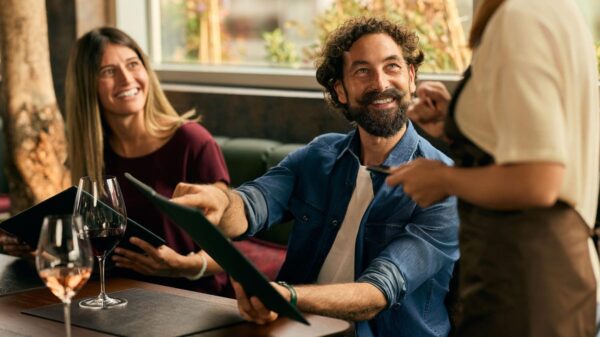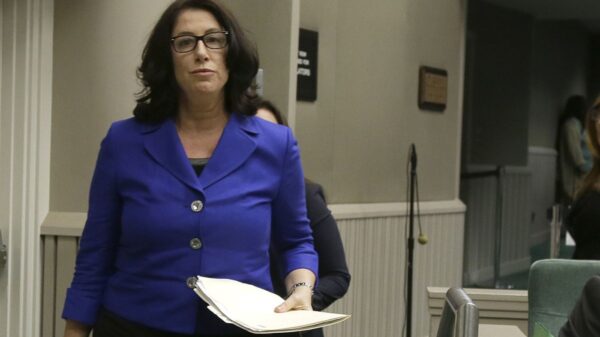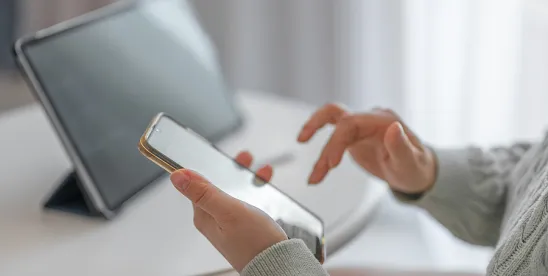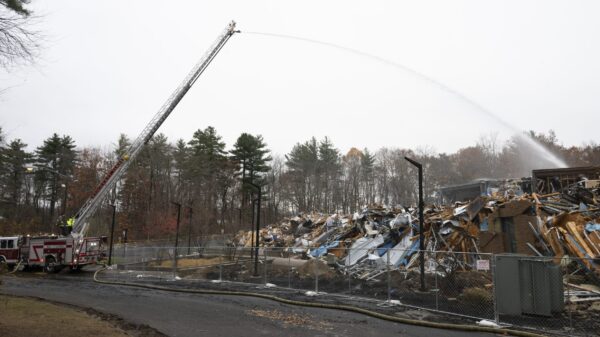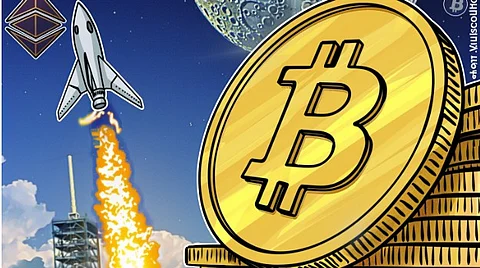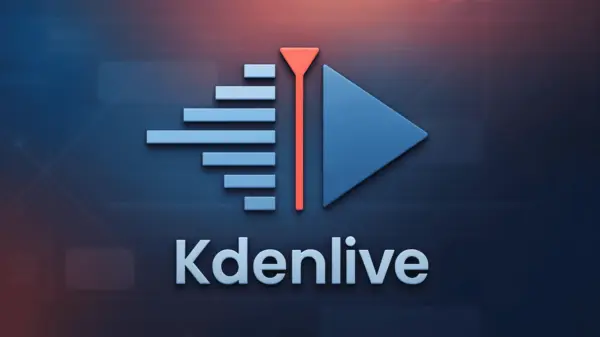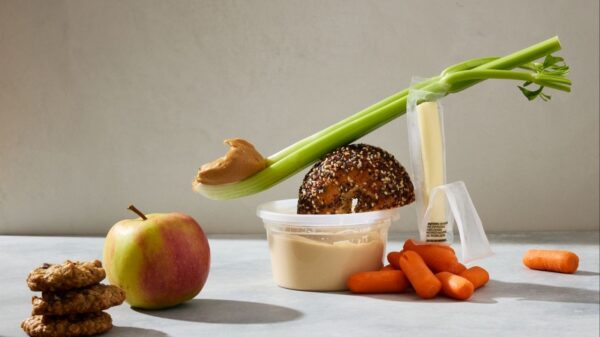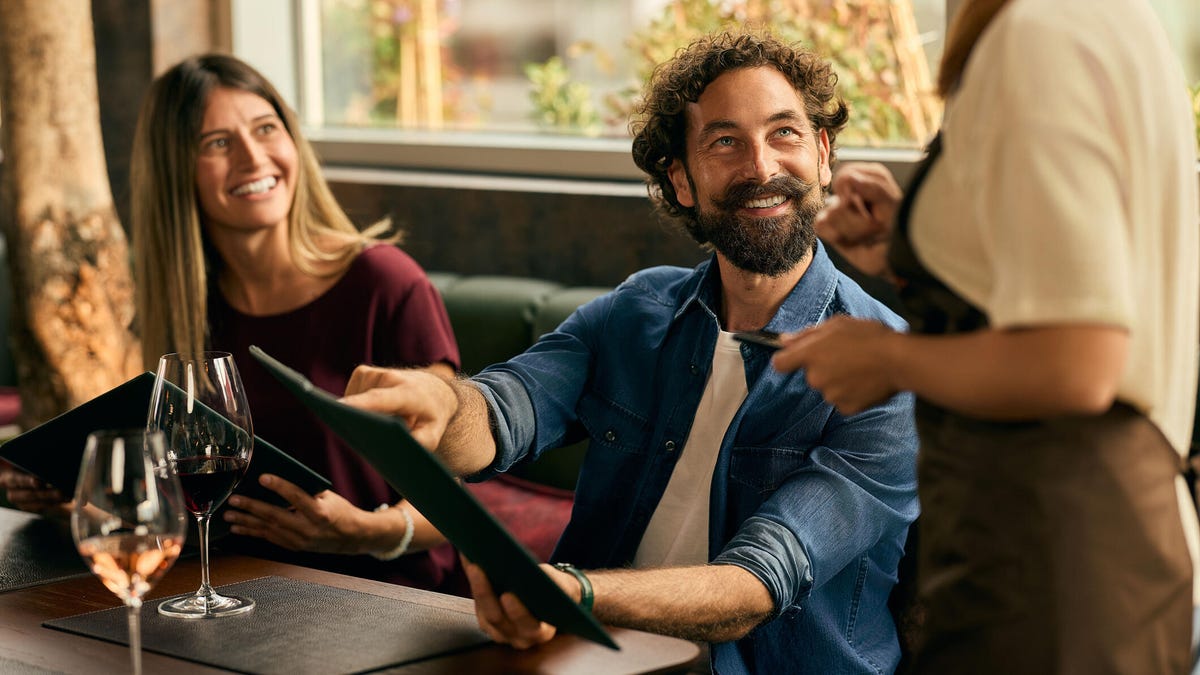UPDATE: Wine enthusiasts are being encouraged to utilize wine apps like Vivino to enhance their dining experiences, according to renowned sommelier Baptiste Beaumard of Restaurant Daniel in New York. This advice comes as many diners face anxiety when selecting wines in upscale restaurants, creating an urgent need for practical guidance.
In a recent discussion, Beaumard revealed that using a wine app is not only acceptable but can also empower guests to make informed choices. “Sometimes people are intimidated if it’s the first time they’re speaking with a sommelier,” he stated, emphasizing that the role of a sommelier is about comfort and connection, not just sales.
Why This Matters NOW: As dining out resumes post-pandemic, many patrons are eager to enjoy fine wines without the stress of making a hasty decision. With wine lists often daunting, leveraging technology can bridge the gap between diners and sommeliers, enhancing the overall experience.
Beaumard advises diners to openly communicate their preferences and budget with the sommelier. “You don’t need to impress them with what you know or the power of your wallet,” he said, encouraging guests to share their tastes and price points. This transparency allows sommeliers to recommend options that align with diners’ palates, enhancing satisfaction.
For those who prefer discretion, Beaumard suggests a simple tactic: point to a wine on the list that fits your budget. This non-verbal cue can initiate a productive dialogue without the fear of judgment from dining companions.
Budget-Friendly Recommendations: Diners should not hesitate to inquire about the best value wines on the menu. Beaumard notes that lesser-known regions often produce excellent bottles at lower prices. “Spanish wine and Australian wine can be a very good value,” he asserts, highlighting regions like Savoie and Loire Valley in France as underrated sources of quality wine.
Sommeliers appreciate when guests show interest in unique recommendations. Beaumard encourages asking about emerging wine regions and lesser-known producers, which can lead to delightful discoveries that elevate the dining experience.
Utilizing Wine Apps: Apps like Vivino offer the ability to scan wine lists, providing insights and ratings for various bottles. While it’s acceptable to reference these apps, Beaumard cautions against prioritizing internet reviews over the expertise of a sommelier. “It’s part of the world where we live, and people want pictures of everything,” he said, acknowledging the balance between technology and expert advice.
For those hesitant about a wine choice, Beaumard reassures diners that it is perfectly acceptable to express dissatisfaction with an opened bottle. “It’s not a big deal to change a bottle, even after it’s open,” he confirmed. Most restaurants prioritize guest experience and will accommodate requests for a different selection if the wine does not meet expectations.
For a hassle-free selection, he recommends ordering a bottle that is also available by the glass. This provides an opportunity to taste before committing to a full bottle, minimizing the risk of disappointment.
What’s Next: As dining evolves, so too does the approach to wine. The integration of technology and expert guidance stands to reshape how patrons experience wine in restaurants. With sommeliers like Beaumard leading the charge, wine enthusiasts can confidently navigate menus, making informed choices that enhance their dining experiences.
Diners are urged to embrace these insights and tools, transforming wine selection from a source of anxiety into an enjoyable part of the culinary adventure. Share this essential guide with fellow wine lovers and let the conversation flow!




